Description
Pam Marshalla’s assessment designed to put a numerical value on oral movement, oral-tactile sensitivity, facial and oral tone, respiration, phonation, and resonation. The MOST was developed in collaboration with Super Duper Publications and is now available exclusively through Pro-Ed, Inc.
For Ages: 4-0 to 7-11
Testing Time: 15-30 minutes
Administration: Individual
“An amazing tool. Simple, easy to understand, and easy to apply.”
About The Test
The Marshalla Oral Sensorimotor Test (MOST) is a comprehensive and quick assessment designed to put a numerical value on oral movement, oral-tactile sensitivity, facial and oral tone, as well as basic respiration, phonation, and resonation skills.
The MOST is the first exam to allow speech-language pathologists an opportunity to place a numerical value on the oral exam. It identifies jaw, lip, and tongue movement problems. It is optimal for children with concomitant feeding difficulties, neurological deficits, developmental disorders, and sensory processing disorders. The MOST normative sample is made up of 160 children from across the U.S.
The MOST provides an Overall Oral Sensorimotor Score as well as individual scores on subtests. You may use the scores to measure pre- and post-treatment abilities. This easy-to-use evaluation allows the therapist to identify strengths and weaknesses in the following areas:
- Jaw Movements
- Lip Movements
- Tongue Movements
- Oscillating Jaw, Lip, and Tongue Movements
- Oral and Facial Tone
- Respiration and Phonation Skills
- Resonance
- Oral-Tactile Sensitivity
The subtests of the MOST allow the examiner to look closely at individual areas of speech motor control.
- The Motor Function subtests of the MOST are designed to identify a client’s control of jaw, lip, and tongue movements and praxis through 21 simple probes.
- The Sensory Function subtest measures the client’s responses to incoming tactile stimulation to various areas inside and outside of the oral cavity using multiple textures in 8 simple probes.
- The Respiration and Phonation subtest provides a child-friendly examination of basic respiration and phonation skills using kazoos and whistles.
- The Resonation subtest allows the examiner to put a numerical value of the characteristics of hyper- and hyponasality.
- The Oral and Facial Tone subtest provides two simple procedures for specifying muscular tone in the face, lips and tongue.
Kit Includes
- An examiner’s manual
- A test easel
- 30 Record Forms
- 30 Case History Forms
- Oral Motor Supplies: 12 Toothettes, 12 Rapper Snappers, 12 Whizzers, 12 Kazoos, 12 Storage Bags
- A sturdy tote bag
Learn More
Speech-language pathologists often write general observations about respiration, phonation, resonation, and oral movement. The MOST allows speech-language pathologists to provide scores to back up their claims. View a comparison of typical report statements with examples of report statements provided by the MOST on the Pro-Ed website.
The MOST Qualitative Response Analyzer lets you enter data from a child’s record form(s) and will automatically generate the percentage of correct responses and the qualitative descriptions of the child’s incorrect responses. Visit the MOST Response Analyzer on Super Super’s website.
Large illustrations on the test easel are a beautiful guide provided for the therapist to use as a model for each test item. Originally published by Super Duper Publications, the MOST is now available exclusively through Pro-Ed.


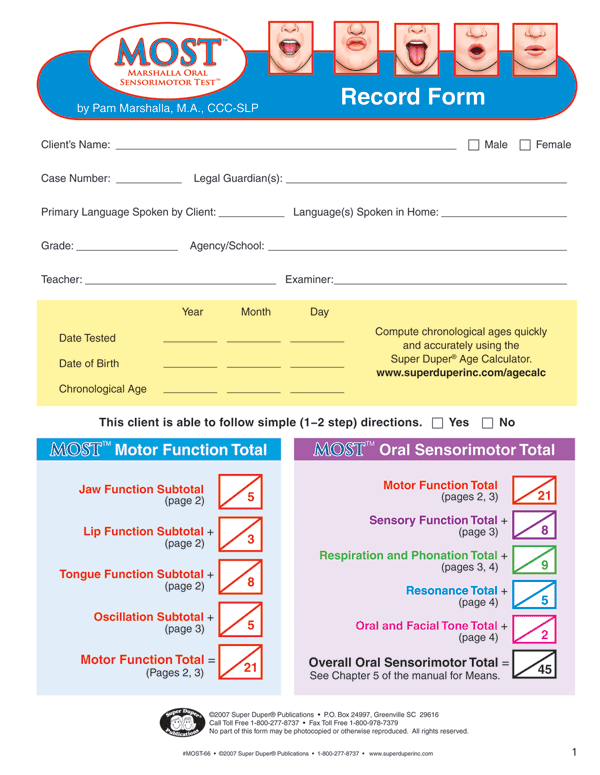
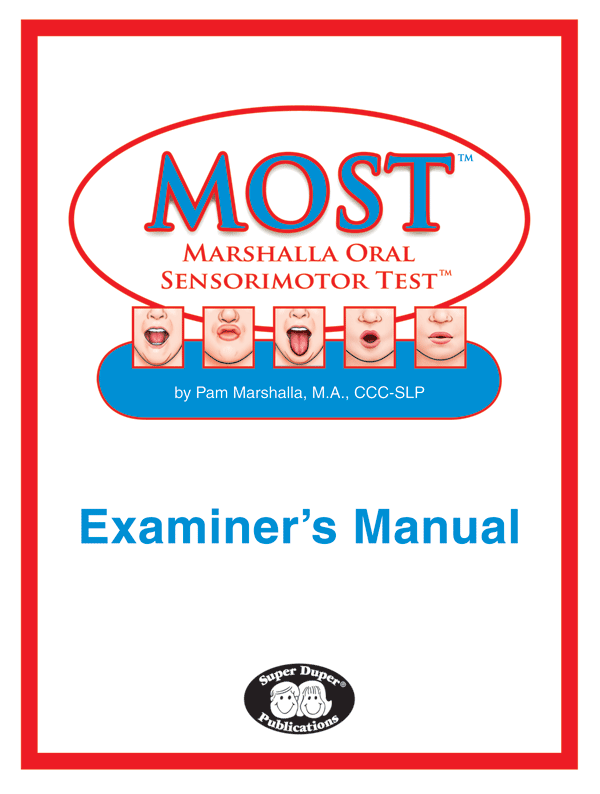
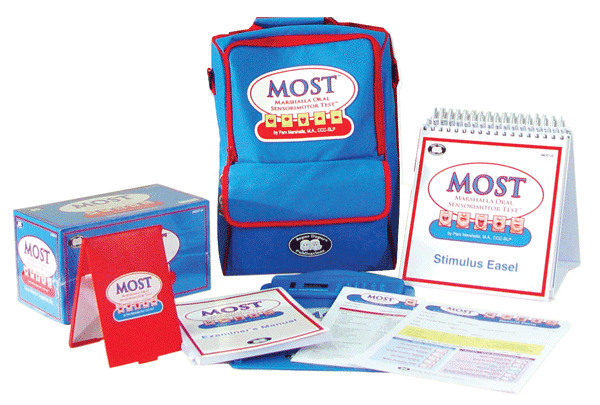
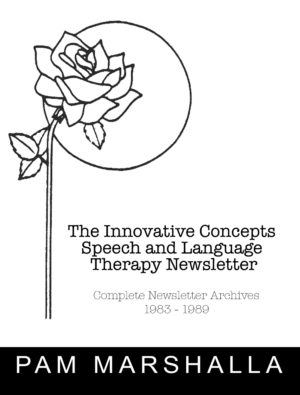

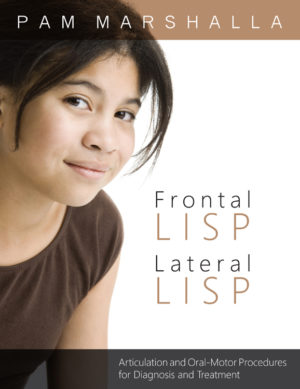
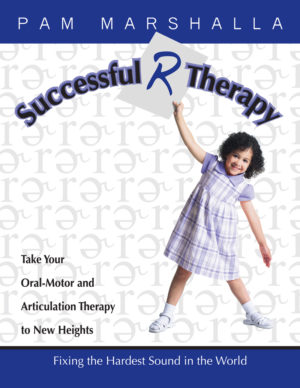
Marisa G., México City –
Hello, my name is Marisa, I’m a speech language pathologist as well as a Learning disability therapist. I love buying items from Super Duper. I live in México but have the opportunity to get stuff from you guys since my grandparents own a house in San Antonio, and I always send your products to their house. I have to say that in México we don’t have much opportunity to have standardized tests, such as yours, that give the parents the confidence of what their child is being evaluated on and most of all, compared to kids of their own age. I particularly knew about MOST Test because a boss of me owns it and liked it a lot since it not only evaluates the motor areas involved in speech, but it also assesses resonance and respiration-phonation, important aspect, which form me, are really complicated to evaluate, but you guys have made it really easy. Something that I think you could give a better idea of what to evaluate, or even include in a new revised test, is the Muscular Tone. Most times we also have to evaluate, not only the cheeks and tongue tone (which you already evaluate), but also the neck, arms, shoulders and other body parts which also intervene in the appropriate speech articulation and pronunciation of the words, and not only that, but also help the child chew in a better way. I hope you consider this review because we all have to help each others give a better diagnosis and treatment to our patients. Thanks for your SUPER products, Sincerely, Marisa
Adriana Moguel, Guayama Puerto Rico –
I had the opportunity to take the course by internet and is an amazing tool, simple, easy to understand and easy to apply. Thanks Mrs. Marshalla I am one of yours fans.